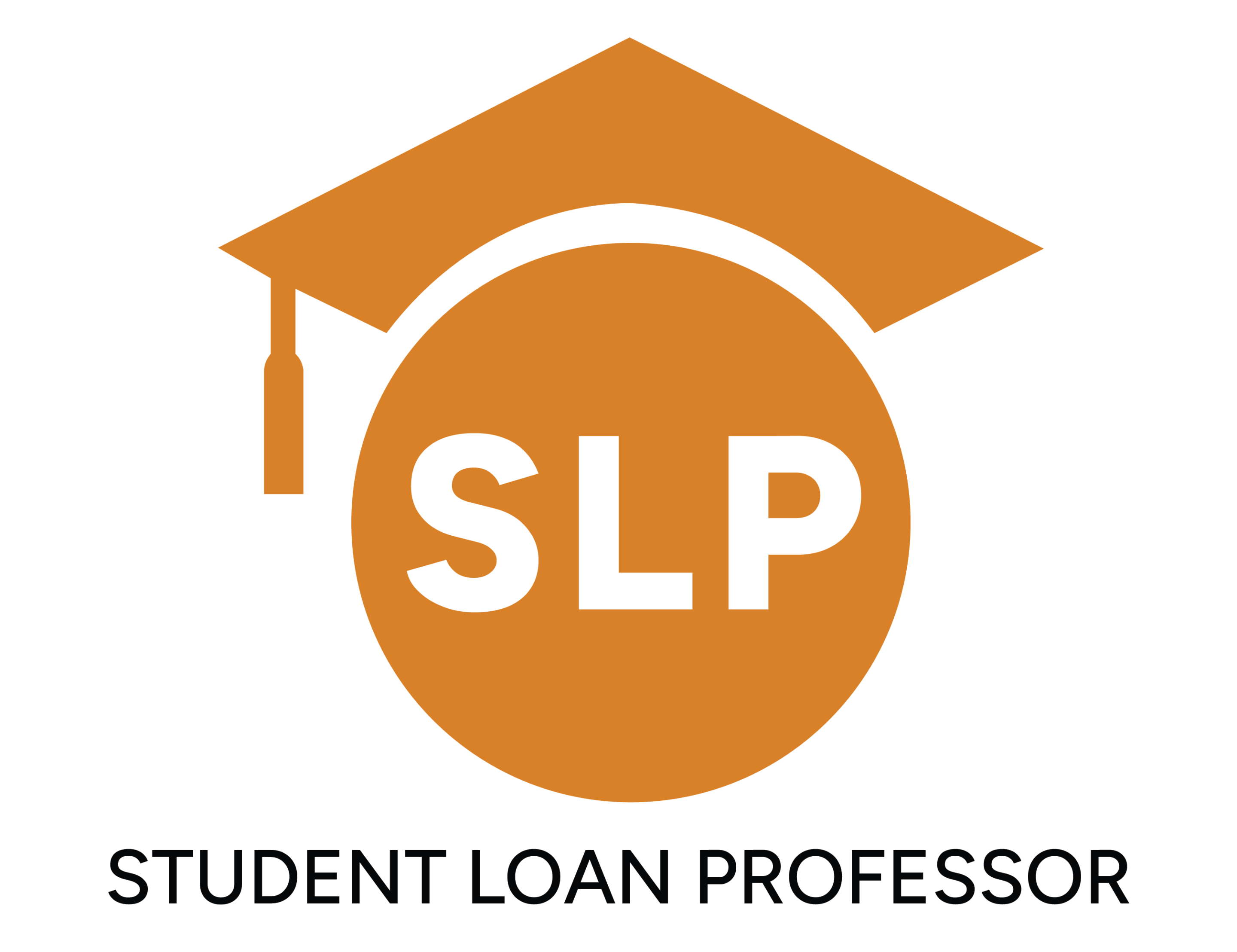How the Republican Budget Reconciliation Bill Could Reshape Student Loan Repayment
While the Republican budget reconciliation bill for 2025 has not been formally introduced, ongoing discussions indicate major potential changes for student loan borrowers. A leaked policy memo from the U.S. House of Representatives Budget Committee, dated January 17, 2025, outlines key proposals that could be included in the legislation.
If passed, this bill could significantly alter repayment options, eliminate popular forgiveness programs, and increase long-term borrowing costs for millions of Americans.
What’s in the Budget Reconciliation Bill?
Beyond the provisions extending the Tax Cuts and Jobs Act (TCJA) of 2017 and increasing funding for border security and defense, the bill also proposes sweeping changes to student loan policies.
Key measures under discussion include:
Eliminating the SAVE Plan
The SAVE plan, introduced in 2023, was designed to reduce monthly payments and shorten repayment timelines. Its repeal could save the federal government an estimated $127.3 billion over 10 years but would likely lead to higher monthly payments and longer repayment periods for borrowers.
Restructuring Income-Driven Repayment (IDR) Plans
All current IDR plans, including SAVE, could be replaced with a plan that does not offer time-based forgiveness. Instead, borrowers would need to repay at least the full amount they would owe under a 10-year Standard Plan before qualifying for any forgiveness.
Eliminating Parent PLUS and Graduate PLUS Loans
The proposal includes phasing out these loan options, which could severely impact graduate students and parents who rely on these loans to finance higher education.
Cutting Expanded Student Loan Forgiveness
Programs such as Borrower Defense to Repayment and Closed School Discharge, which provide relief to borrowers defrauded by their schools, could be discontinued.
Restricting Public Service Loan Forgiveness (PSLF)
Proposed eligibility limitations could make it harder for public service workers (including teachers, nurses, and nonprofit employees) to qualify for loan forgiveness.
Suggested: How the PSLF buyback program works
Ending Interest Subsidies for Federal Loans
Borrowers with subsidized loans currently benefit from interest-free periods while in school. This proposal would remove that protection, causing interest to accrue from day one.
Will These Proposals be Approved?
Honestly, it is hard to say with any certainty at this moment. I’ve seen dozens of major student loan proposals in the 15 years I’ve been in this industry. Most never come to fruition, but some do. There are a few important considerations with this one:
- Republicans hold a narrow majority in Congress through 2026. And President Trump is unlikely to veto legislation aligned with his party’s priorities. That does give the bill a path forward from a legislative standpoint.
- However, implementation could be complicated. This bill proposes major changes to both student loan structure and availability on the front end of college as well as major changes after graduation during the repayment period. Just thinking through how all of these new proposals would impact other programs, writing the formal rules, and training all DOE, FSA, servicer, and school staff on them would be a huge undertaking.
- Meanwhile, student loan servicers are still dealing with a huge backlog of applications, recertifications, account adjustments, and customer complaints from the past four years of policy changes and court actions. As we reported recently, they already expect it will take a year to get borrowers back into repayment. At the same time, schools are still working through major debacles such as the FAFSA rollout disaster, problems with Federal loan databases, and new reporting guidelines. No one who actually works in the student loan industry wants to see a major overhaul of the system right now. They just want things to get back to normal. So, we expect quite a bit a pushback from basically every stakeholder in the student loan industry.
While no budget resolution for fiscal year 2025 has been finalized, it is a high priority. These discussions are unfolding rapidly, and we anticipate the final version of the bill to be released in the coming months.
What This Means for You
If these changes move forward, most borrowers would face higher payments, fewer forgiveness options, and longer repayment terms. Many will need to re-evaluate their entire loan repayment strategy. Our advice is to hold fast. Borrowers should not make major changes based solely on proposals. There will likely be major changes to these proposals before anything is finalized. We also expect grandfathering provisions and generous timelines before borrowers are forced into new plans. We are committed to keeping you informed, so stay tuned.
Related: Student loan debt forgiveness timeline
February 26th, 2025 Update:
In a rather dramatic fashion, Republicans in the House managed to push through the procedural vote for their monumental reconciliation bill. This does not mean everything proposed in the bill is going to become law. It simply means they cleared the first step. Now, all the pieces of the bill must go to the different committees to be ironed out in much greater detail. Additionally, they must begin negotiating with the Senate committees to bring them into alignment. If you’re a bit lost in the logistics on how this works, check out this article which breaks it down a bit more.
We suspect the final version of the bill will look much different on the back end of all of this negotiating. Even then, there still is still no guarantee it will pass. At this time, we honestly have no reading on whether the student loan proposals will stick. But we are certainly keeping a close eye on this! Stay tuned.
Brandon Barfield is the President and Co-Founder of Student Loan Professor, and is nationally known as student loan expert for graduate health professions. Since 2011, Brandon has given hundreds of loan repayment presentations for schools, hospitals, and medical conferences across the country. With his diverse background in financial aid, financial planning and student loan advisory, Brandon has a broad understanding of the intricacies surrounding student loans, loan repayment strategies, and how they should be considered when graduates make other financial decisions.



![Our Honest Thoughts On Aidvantage Student Loans [For 2025]](https://www.studentloanprofessor.com/wp-content/uploads/2024/10/SLP_fallback_2-no-logo-400x250.jpg)

